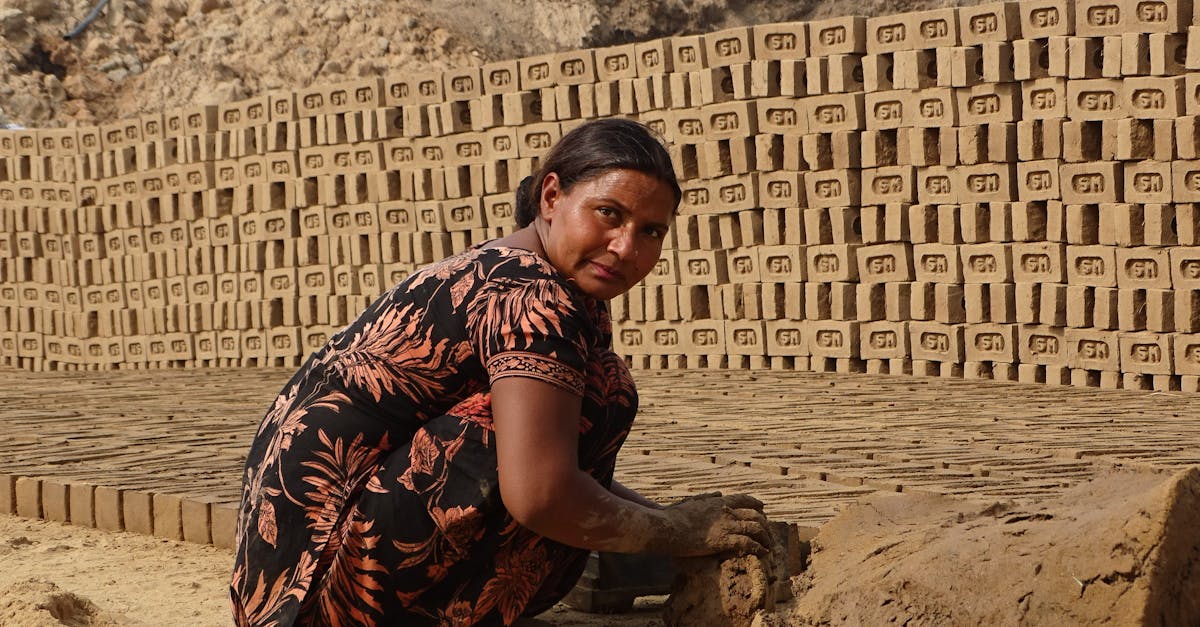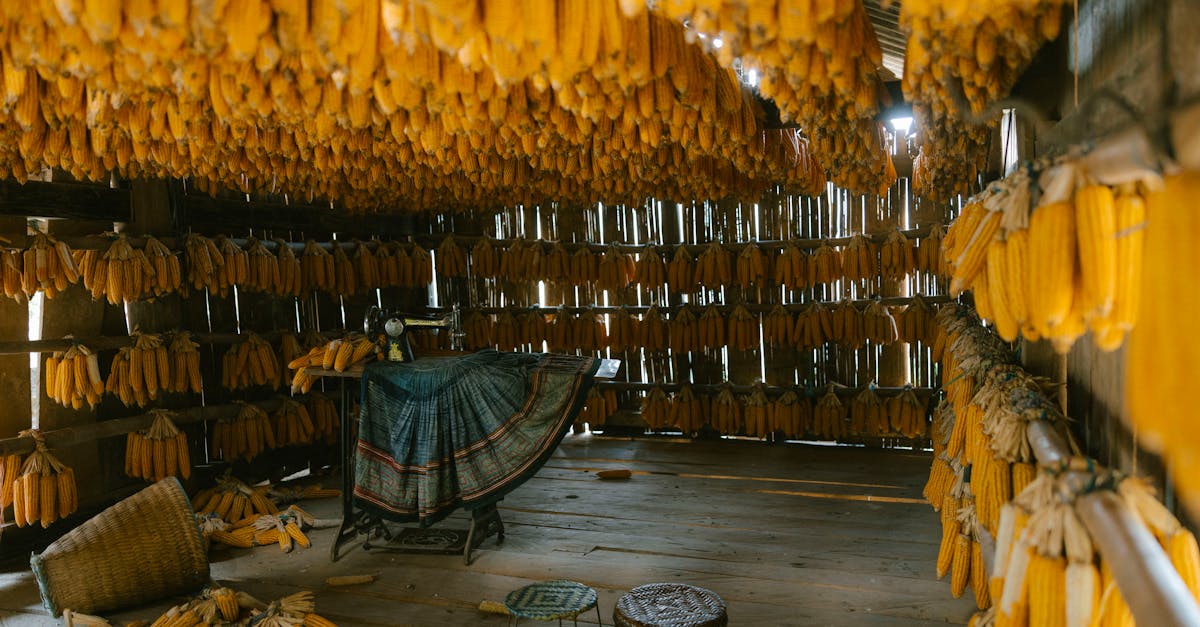What is Sustainable and Ethical Gold? and Why Is It Important?

Do you ever think about where your jewelry comes from? Most people that own gold don’t give a whole lot of thought about how the gold was acquired. It’s a good thing to educate yourself on where your gold came from. It may change your mind about buying more in the future. When you make the choice to buy gold, you have the power to make a positive impact on the world. By choosing sustainable and ethically sourced gold, you can help protect the environment, support fair labor practices, and ensure that the gold you own is conflict-free.
The demand for sustainable and ethical gold is growing as consumers become more aware of the social and environmental impact of gold mining. In response to this demand, the jewelry industry is working to improve its sourcing practices and support responsible mining. If you’re concerned about the ethics of your gold, several things you can do to make a difference are listed below.
Transparency in the gold supply chain is key to ensuring that the gold you buy ethically sources. The Kimberley Process is an international certification scheme that aims to prevent conflict diamonds from entering the legitimate diamond trade. It’s a great example of how transparency can help ensure the ethical sourcing of minerals.
Key Insights
- Consumers are increasingly demanding ethical and sustainable gold, and this is driving a shift in the jewelry industry.
- Transparency in the gold supply chain is essential to ensuring that the gold you buy is conflict-free and ethically sourced.
- Gold mining can have significant environmental impacts, including land degradation, water pollution, and deforestation.
- Sustainable mining practices can help to reduce the environmental impact of gold mining and promote responsible resource management.
- Third-party certification can provide assurance that gold has been produced in a responsible way.
1. Consumers Drive Shift Towards Ethical Gold
- Increased awareness of the social and environmental impact of gold mining. Consumers are becoming more aware of the human rights abuses and environmental damage that can be associated with gold mining. This awareness has led to a growing demand for gold that is mined in a responsible way.
- A desire for transparency and traceability in the supply chain. Consumers want to know where their gold comes from and how it was mined. They want to be sure that the gold they are buying is conflict-free, ethically sourced and has been mined in a way that minimizes environmental impact.
- A growing preference for sustainable and ethical products. Consumers are increasingly seeking out products that are made in a sustainable and ethical way. This includes gold jewelry, which can be a symbol of luxury and status. Consumers want to know that the gold they are wearing has been mined responsibly and has not contributed to human rights abuses or environmental damage.
2. Transparency in the Gold Supply Chain

Transparency in the gold supply chain is essential to ensuring that the gold you buy is conflict-free and ethically sourced. The Kimberley Process is an international certification scheme that aims to prevent conflict diamonds from entering the legitimate diamond trade. It was established in 2003 in response to the widespread use of conflict diamonds to finance armed conflict in Sierra Leone and other African countries.
The Kimberley Process has been successful in reducing the flow of conflict diamonds into the legitimate diamond trade. However, it has been criticized for being too narrow in scope and for failing to address other human rights abuses and environmental concerns associated with diamond mining. In response to these criticisms, the Kimberley Process has been revised several times, and its scope has been expanded to include other precious minerals, such as gold.
Despite these revisions, the Kimberley Process remains a controversial issue. Some critics argue that it is still too weak and that it does not do enough to address the human rights and environmental concerns associated with diamond mining. Others argue that the Kimberley Process is too burdensome and that it stifles the legitimate diamond trade. Despite these criticisms, the Kimberley Process remains the only international certification scheme that aims to prevent conflict diamonds from entering the legitimate diamond trade.
3. Environmental Impact of Gold Mining
- Land degradation: Gold mining can lead to land degradation, which is the loss of the productive capacity of the land. This can occur when land is cleared for mining, when tailings (the waste products of mining) are dumped on the land, or when chemicals used in mining contaminate the soil.
- Water pollution: Gold mining can also lead to water pollution. This can occur when chemicals used in mining contaminate water sources, or when tailings are dumped into rivers and streams. Water pollution can have a devastating impact on aquatic ecosystems, and it can also make water unsafe for drinking or irrigation.
- Deforestation: Gold mining can also lead to deforestation. This can occur when forests are cleared to make way for mining operations, or when trees are used to fuel mining operations. Deforestation can have a number of negative impacts on the environment, including climate change, soil erosion, and loss of biodiversity.
The environmental impacts of gold mining can be significant, and it is important to be aware of these impacts when making decisions about buying gold. By choosing to buy gold from companies that are committed to responsible mining practices, you can help to reduce the environmental impact of gold mining.
4. Sustainable Mining Practices

Sustainable mining practices are mining practices that minimize environmental impact and promote responsible resource management. These practices can include:
- Using renewable energy sources: Mining operations can use renewable energy sources, such as solar and wind power, to reduce their environmental impact.
- Reducing water use: Mining operations can reduce their water use by recycling water and using more efficient water-saving technologies.
- Minimizing waste: Mining operations can minimize waste by recycling and reusing materials, and by reducing the amount of waste that is produced.
- Reclaiming land: Mining operations can reclaim land that has been disturbed by mining by restoring the land to its natural state.
- Protecting biodiversity: Mining operations can protect biodiversity by avoiding sensitive habitats and by taking steps to minimize the impact of mining on wildlife.
Sustainable mining practices can help to reduce the environmental impact of mining and promote responsible resource management. By choosing to buy gold from companies that are committed to sustainable mining practices, you can help to reduce the environmental impact of gold mining.
5. Ethical Labor Conditions
Unfortunately, the gold mining industry has a long history of human rights abuses. Miners are often paid poverty wages, and they work in dangerous conditions that can lead to injury or death. Mining operations can also displace local communities and damage the environment.
However, there is a growing movement towards ethical gold sourcing. A number of companies are now committed to paying fair wages, providing safe working conditions, and respecting the rights of local communities. By choosing to buy gold from these companies, you can help to support ethical gold mining and reduce the human rights abuses and environmental damage that is associated with gold mining.
Here are some tips for buying ethically sourced gold:
- Look for gold that is certified by a third-party organization, such as the Fairtrade Gold Standard. This certification ensures that the gold has been mined in a responsible way that meets international standards for fair wages, safe working conditions, and respect for local communities.
- Buy gold from companies that are committed to ethical sourcing. A number of companies are now making a commitment to ethical gold sourcing. These companies are often willing to pay a premium for ethically sourced gold, and they work with their suppliers to ensure that the gold they sell is mined in a responsible way.
- Ask questions about the gold you are buying. When you are buying gold, ask the jeweler where the gold came from and how it was mined. This will help you to make an informed decision about whether or not the gold you are buying is ethically sourced.
6. Third-Party Certification
Third-party certification is a way to provide assurance that a product has been produced in a responsible way. In the case of gold, third-party certification can provide assurance that the gold has been mined in a way that meets international standards for environmental protection, social responsibility, and human rights.
One of the most well-known third-party certification schemes for gold is the Fairtrade Gold Standard. The Fairtrade Gold Standard is a set of standards that cover the entire gold supply chain, from mine to market. The standards include requirements for fair wages, safe working conditions, and respect for the rights of local communities.
Gold that is certified by the Fairtrade Gold Standard is independently audited to ensure that it meets the standards. This provides assurance to consumers that the gold they are buying has been produced in a responsible way.
There are a number of other third-party certification schemes for gold, such as the Responsible Jewellery Council (RJC) and the Kimberley Process. These schemes have different standards, but they all share the goal of providing assurance that gold has been produced in a responsible way.
When you are buying gold, look for gold that is certified by a third-party organization. This certification provides assurance that the gold has been mined in a responsible way and that it meets international standards for environmental protection, social responsibility, and human rights.
7. The Future of Sustainable Gold
The increasing demand for ethical gold will continue to drive innovation and progress in sustainable mining practices. A number of companies are now investing in new technologies and practices to reduce the environmental and social impact of gold mining.
One of the most promising areas of innovation is the development of new mining technologies that are less harmful to the environment. For example, some companies are developing new mining methods that can reduce water use and land degradation. Other companies are developing new ways to recycle gold, which can reduce the need for new mining.
In addition to new technologies, companies are also working to improve the social and environmental performance of existing mining operations. For example, some companies are working to reduce their greenhouse gas emissions and to improve the working conditions for their employees. Other companies are working to develop new ways to engage with local communities and to minimize the impact of mining on the environment.
The increasing demand for ethical gold is driving innovation and progress in sustainable mining practices. By choosing to buy gold from companies that are committed to sustainable mining, you can help to support the development of new technologies and practices that will reduce the environmental and social impact of gold mining.
What is the Kimberley Process?
The Kimberley Process is an international certification scheme that aims to prevent conflict diamonds from entering the legitimate diamond trade. It was established in 2003 in response to the widespread use of conflict diamonds to finance armed conflict in Sierra Leone and other African countries.
What are the environmental impacts of gold mining?
The environmental impacts of gold mining can include land degradation, water pollution, and deforestation.
What are sustainable mining practices?
Sustainable mining practices are mining practices that minimize environmental impact and promote responsible resource management. These practices can include using renewable energy sources, reducing water use, minimizing waste, reclaiming land, and protecting biodiversity.
What is ethical sourcing?
Ethical sourcing includes ensuring fair wages, safe working conditions, and respect for local communities. This means that miners should be paid a fair wage for their work, and they should work in safe conditions that meet international standards. It also means that mining operations should respect the rights of local communities, and they should not displace or harm local people.
What is third-party certification?
Third-party certification is a way to provide assurance that a product has been produced in a responsible way. In the case of gold, third-party certification can provide assurance that the gold has been mined in a way that meets international standards for environmental protection, social responsibility, and human rights.
Table of Key Insights
| Key Insight | Description | |—|—| | Increasing consumer demand for ethical gold | Consumers are increasingly seeking gold that aligns with their values, driving demand for sustainably mined and ethically sourced gold. | | Importance of supply chain transparency | Transparency initiatives, such as the Kimberley Process, aim to eliminate conflict gold from the supply chain. | | Environmental impacts of gold mining | Gold mining can have significant environmental impacts, including land degradation, water pollution, and deforestation. | | Sustainable mining practices | Sustainable mining practices minimize environmental impact and promote responsible resource management. | | Role of third-party certification | Third-party certifications, such as the Fairtrade Gold Standard, provide assurance of ethical sourcing practices. |